Herringbone flooring is often chosen for its distinctive, upscale look, but the hidden complexity of installing it is frequently underestimated. Unlike standard plank layouts, herringbone requires each board to be cut and aligned at precise 90-degree angles, forming a tightly woven, interlocking pattern. This layout doesn’t allow much room for error. Even a minor misalignment in the first few rows can cascade into visible pattern shifts or gaps across the entire floor. That’s why experience and exact planning are non-negotiable for a successful installation.
The subfloor preparation for herringbone flooring also demands extra attention. Any unevenness, dips, or loose sections can result in pattern distortion, creaking, or even structural movement over time. A flat and clean substrate isn’t just preferable—it’s essential. High-quality underlayment becomes a key element here, not only to enhance acoustic performance but to support the tightly nested joints typical of herringbone wood floors. The added time to prepare the surface properly will often reflect in both the labor cost and the overall flooring quote.
Labor time for this type of installation is typically 30–50% longer compared to traditional straight-laid floors. That’s because each board has to be individually measured, cut, and placed to maintain the angle, spacing, and visual flow. There's also more material waste due to the angled cuts, particularly around room edges and corners. These technical requirements translate directly to higher installation charges, and buyers should factor this into their budget early in the planning stage.
Despite the increased effort and cost, a well-executed herringbone pattern adds real long-term value. The interlocking geometry distributes foot pressure more evenly, which can lead to reduced wear in high-traffic areas. This benefit is especially noticeable in engineered herringbone flooring, where layered construction provides additional stability. A professional installation ensures that this durability is not compromised by uneven joints or loose edges.
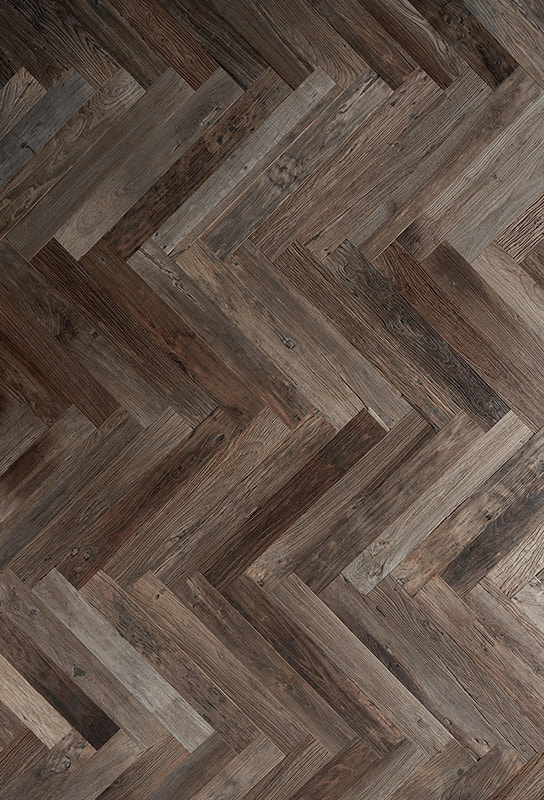
The complexity also affects future maintenance. Refinishing a herringbone floor requires more detailed sanding techniques to avoid disrupting the pattern or blurring the crisp geometry. Technicians must work along the direction of the pattern, not against it, using smaller equipment and more frequent grit changes. This adds time but preserves the sharp, angular lines that define the style. DIY attempts to refinish herringbone often result in visible sanding marks or inconsistent sheen.
Some clients wonder if installing herringbone flooring themselves is a viable way to save money. While technically possible, it's rarely recommended unless the installer has advanced carpentry experience and access to professional tools. The risk of ending up with a crooked layout or weakened joints is too high. In practice, any initial cost savings can be easily offset by rework or repairs later. Choosing a manufacturer-backed installation team ensures the flooring looks and performs as intended for years to come.
Design planning also plays a role in installation time and pricing. Border choices, room transitions, and pattern centering need to be mapped out before the first board is placed. Failure to do this may lead to off-center focal points or uneven cuts near walls, which are difficult to disguise. High-end projects sometimes integrate herringbone flooring with other patterns or materials, which adds complexity but can be stunning when executed well. Clear communication between supplier, installer, and client is the key to success in these cases.
For those seeking to elevate a room’s look with something more artistic than standard planks, Herringbone flooring offers a level of refinement that's hard to match. While the installation process is more demanding, the result is a surface that speaks to craftsmanship, intention, and longevity. As a manufacturer with hands-on experience supporting both residential and commercial projects, we know the difference expert installation makes—not just in appearance, but in the life of the floor.


 English
English 中文简体
中文简体 Français
Français
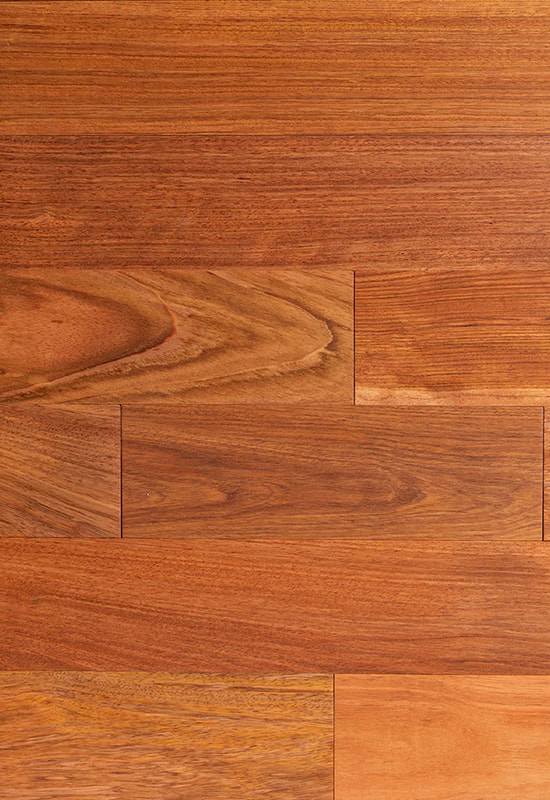
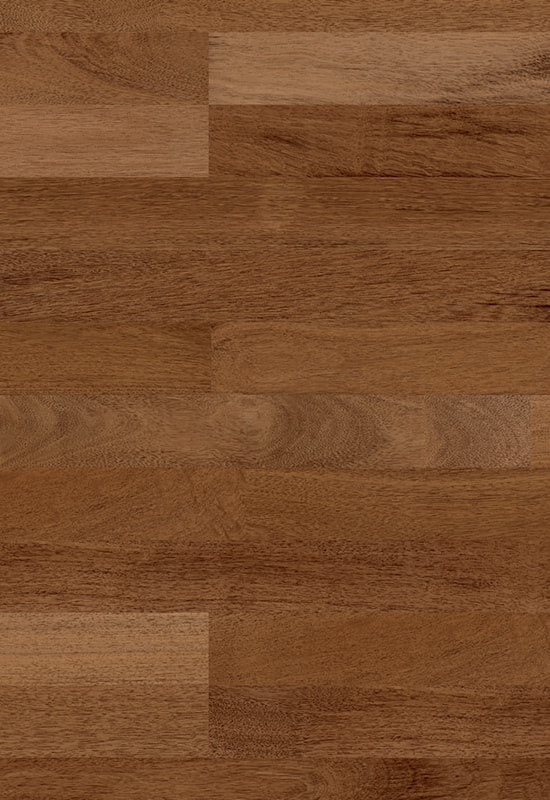
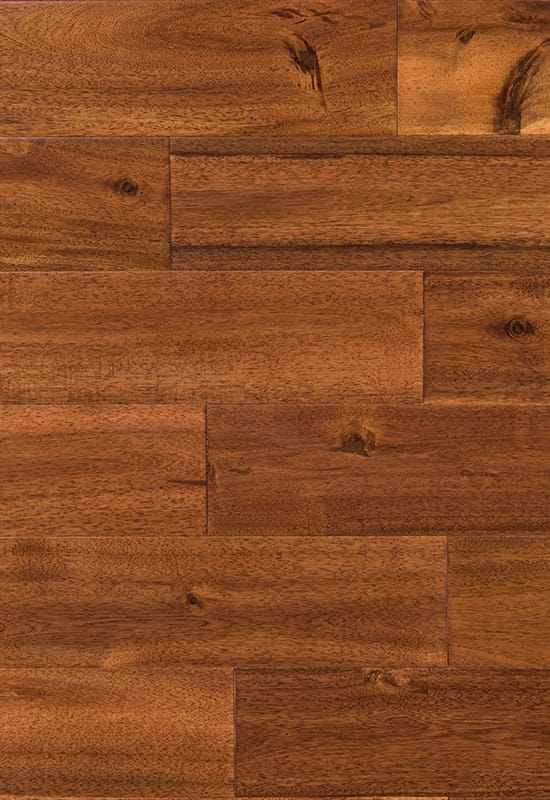
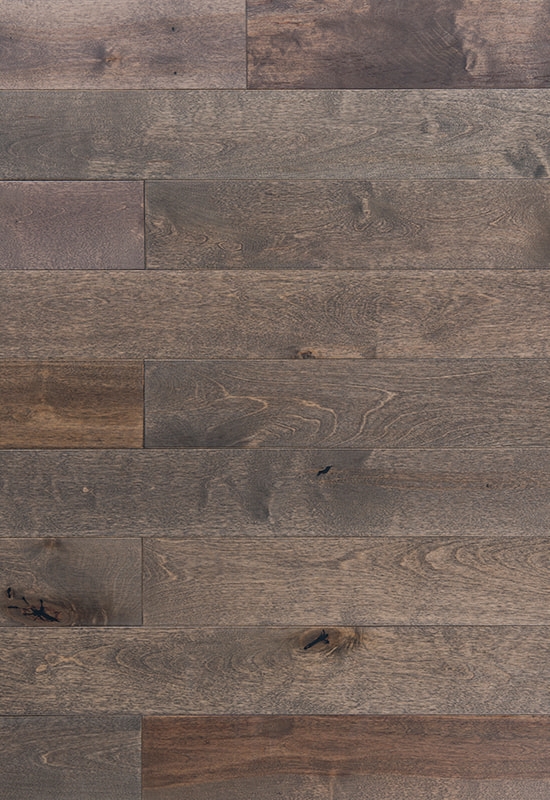
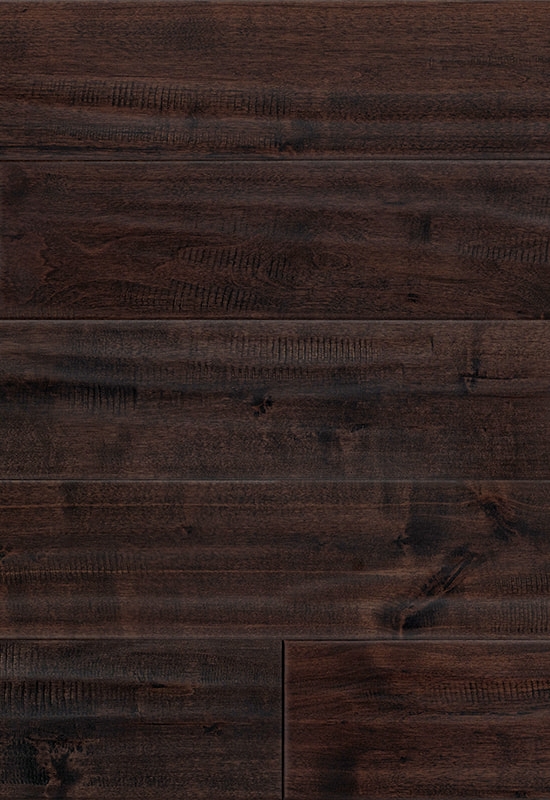
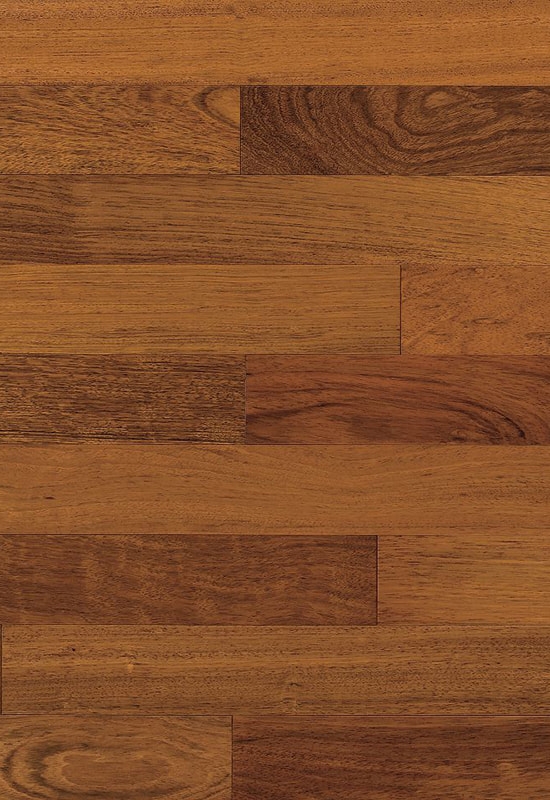
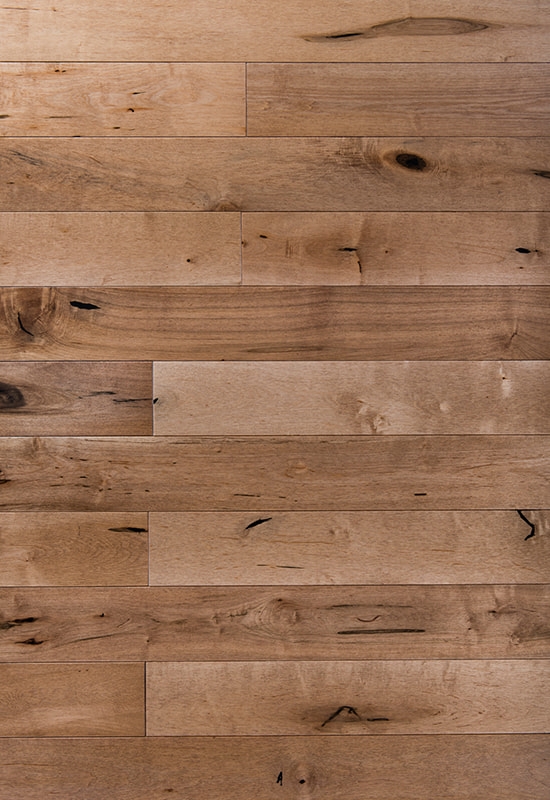
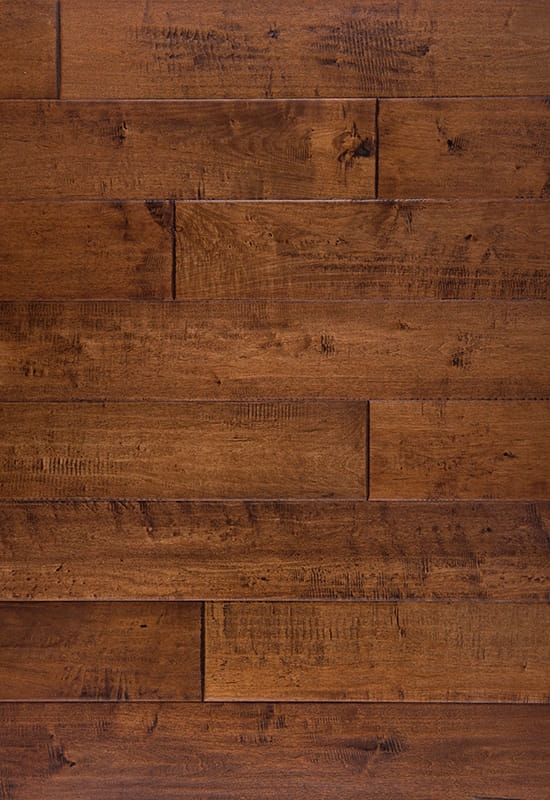
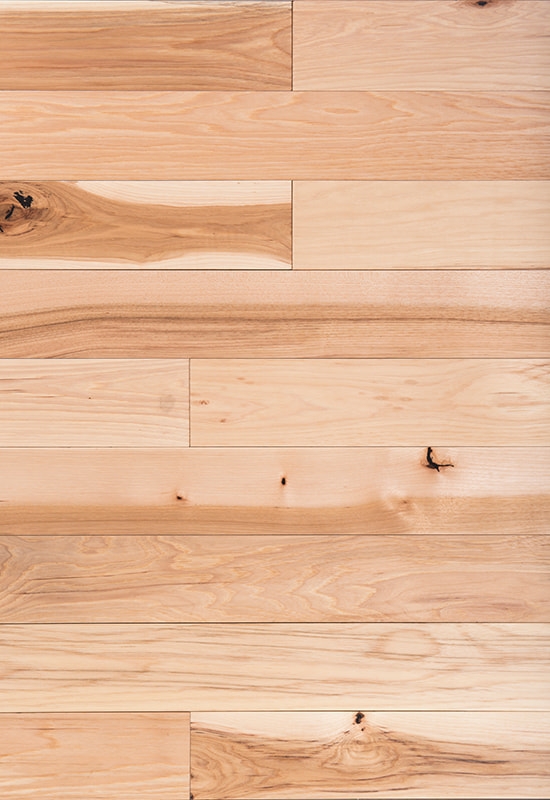
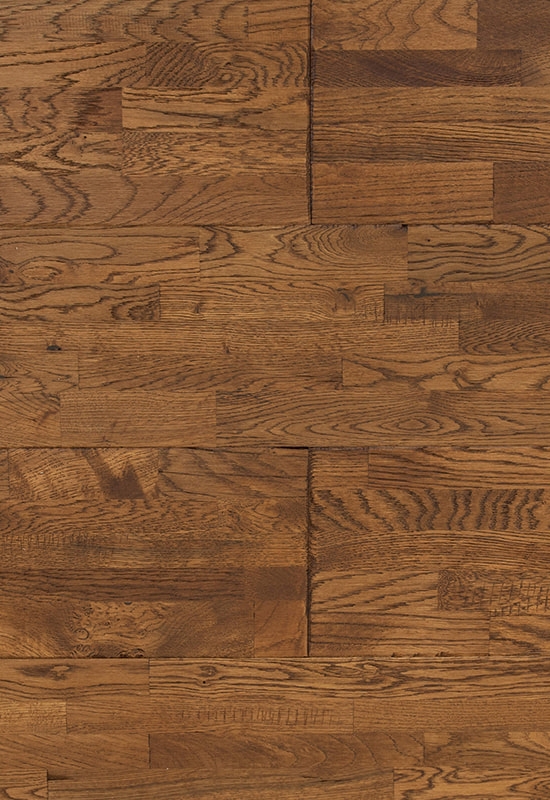
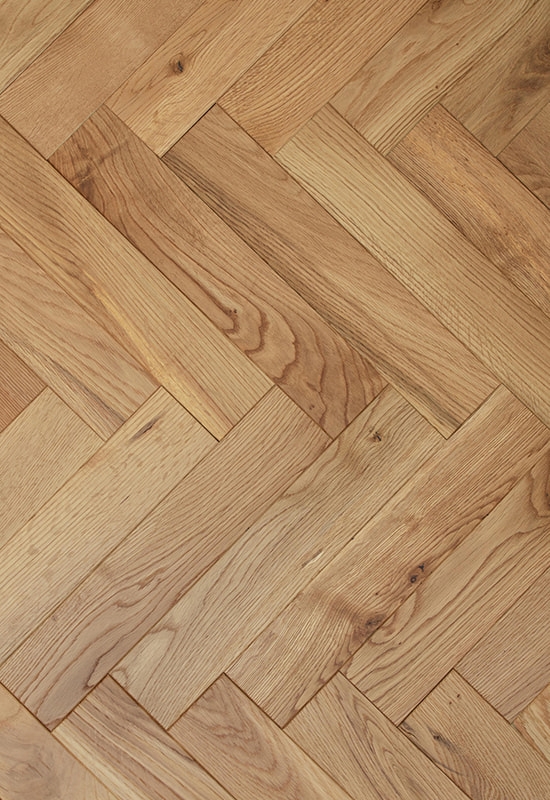
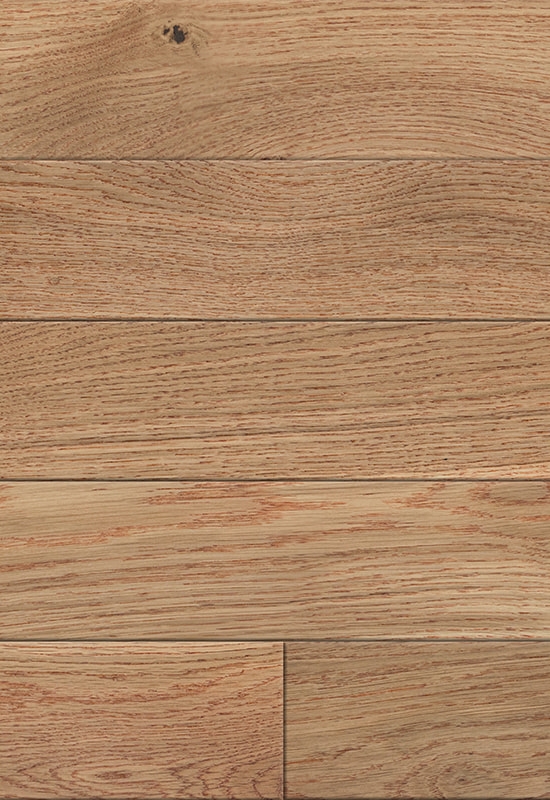

 +86-572-2118015
+86-572-2118015 No.598. Gaoxin Road, Huanzhu Industrial Zone, Huzhou City, Zhejiang Province, China, 313000
No.598. Gaoxin Road, Huanzhu Industrial Zone, Huzhou City, Zhejiang Province, China, 313000 